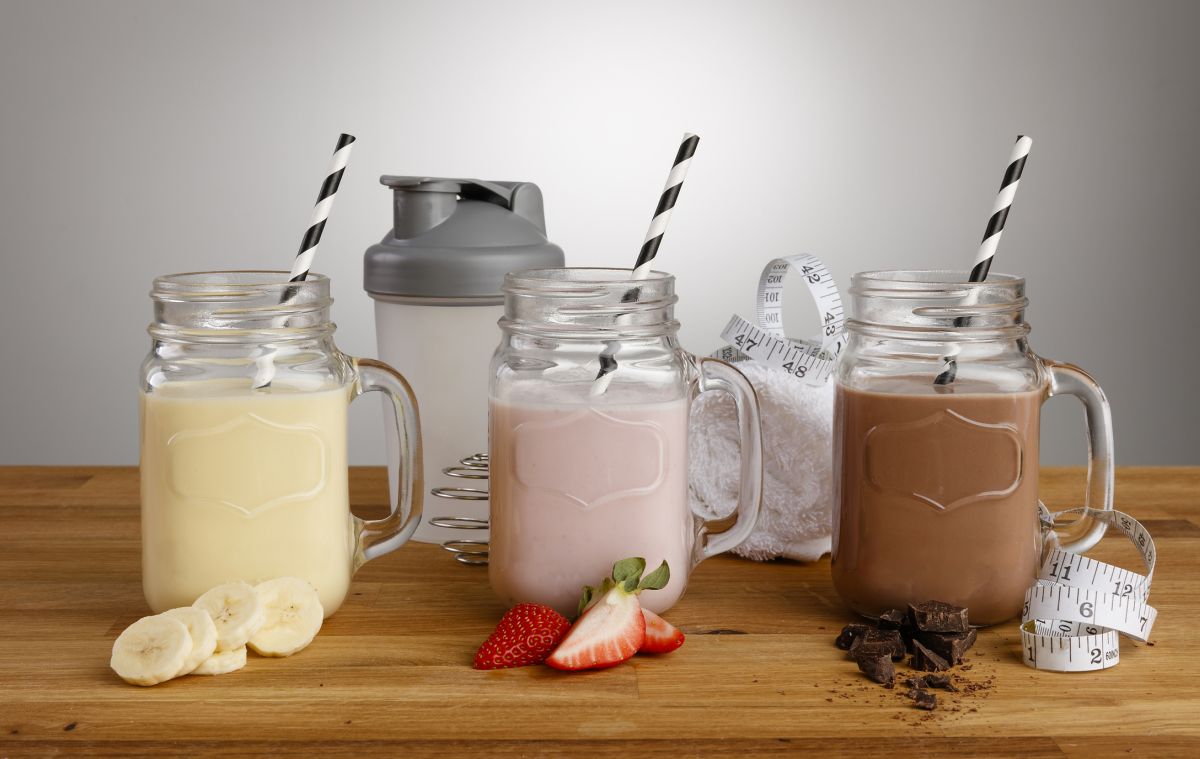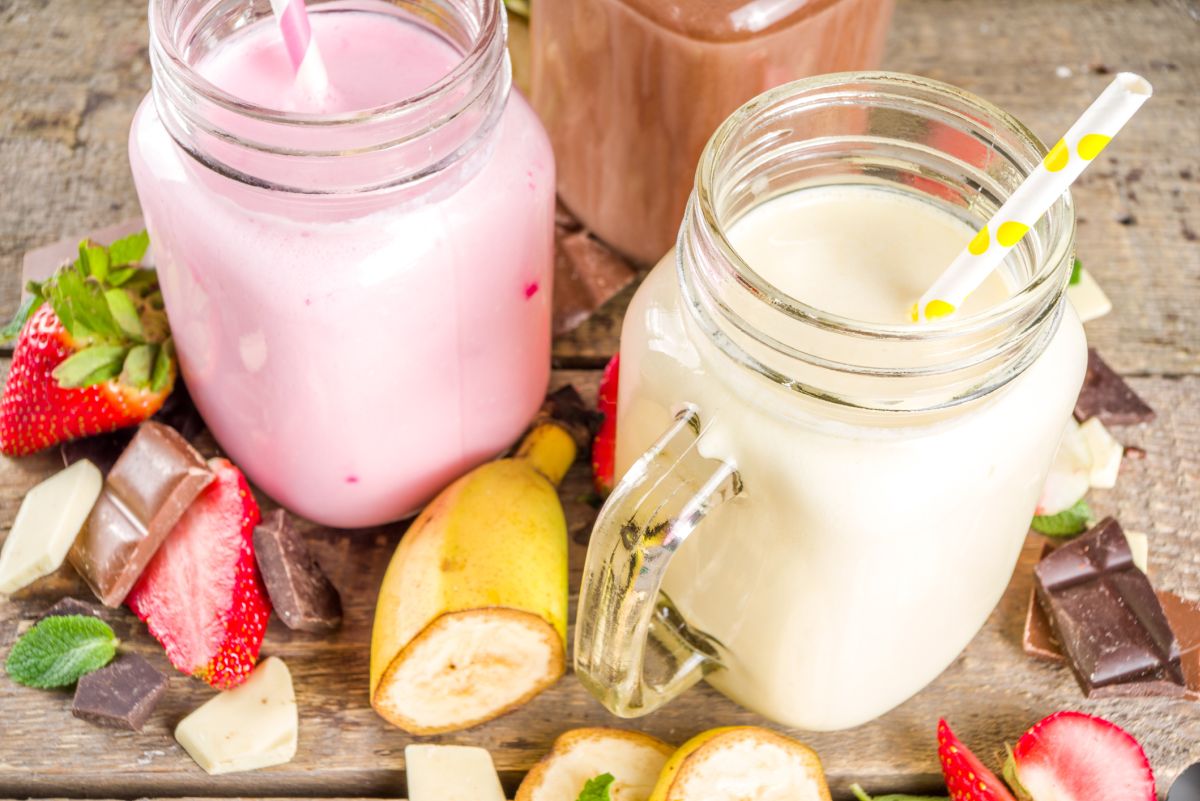When comparing a malt vs. milkshake, you will find that they are similar. But there are key differences between the two that separates a malt and a milkshake.
What is a Milkshake?
A milkshake contains ice cream, milk, and additional flavoring blended together. It’s blended until a creamy consistency.
How to Make a Milkshake
To make a milkshake, you need:
- Ice cream
- Milk
- Any additional flavoring
After you’ve pulled the ingredients together, you then can blend those together until the contents reach a creamy consistency.
What is a Malt?
A malt is made using malted milk powder after the milk and ice cream have been blended together. The malted milk powder makes the beverage sweeter and provides a richer taste that brings out the taste of the ice cream.
What is the Difference Between a Malt And a Milkshake?
The biggest difference between a malt and a milkshake is the fact malted milk powder is used to make malt. Malts have a thicker consistency and are thought to be sweeter than a milkshake, which is made by blending milk, ice cream, and additional flavoring.
While a malt is considered to be a type of milkshake, milkshakes can’t be considered a malt due to the absence of milk powder.
What is Malted Milk Powder?
Malted milk powder is made from evaporated whole milk, malted barley, and wheat flavor. The powder is meant to add a nutty flavor or a subtle crunch when used in candies.
When malted milk powder is added to a milkshake, turning it into a malt, the powder enhances the vanilla and chocolate shakes. Malted milk powder doesn’t pair the best with fruit-flavored ice creams.
What Does Malted Milk Powder Taste Like
Malted milk powder has a nutty flavor and a natural sweetness. When added to a malt, it provides a more creamy texture and a richer flavor.
Which is Thicker: Malt vs. Milkshake
A malt is thicker than a milkshake due to the malted milk powder it contains. Malts are blended to be as thick as possible, while still being able to be drank through a straw.
Nutritional Considerations: Malt vs. Milkshake
Added sugar
Malts and milkshakes both contain a large amount of sugar and only a small percentage comes from the natural sugars found in milk. The average milkshake contains between 55 to 60 grams of sugar, whereas malts contain a typical amount of 18 to 25 grams of sugar.
If your diet includes a large amount of added sugar, you might be at higher risk for unhealthy weight gain and heart disease, which is something to consider when consuming a malt or a milkshake.
Calories and fat
The average milkshake contains about 350 calories, and malts contain a similar amount of calories. The average milkshake also comes with 8 to 9 grams of fat and 5 or 6 of those grams are unsaturated fat. Malts contain a similar amount of fat to a milkshake.
Saturated fat is considered to be an unhealthy type of fat, and it can increase your cholesterol levels. This increase in cholesterol levels can raise a person’s risk for heart disease. It’s best to limit your saturated fat intake in order to maintain good health and prevent chronic health problems.
Nutritional benefits
Malts and milkshakes both provide a good amount of calcium, which is good for strong bones and teeth. Both of these beverages also provide the vitamin B-12 which helps your red blood cells and nervous system function properly. When you consume a malt or a milkshake, you also get the benefit of getting a small amount of vitamin D, which help’s your body absorb calcium.


Leave a Reply